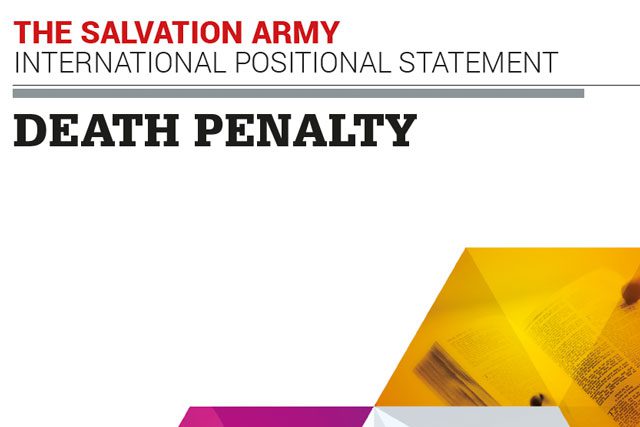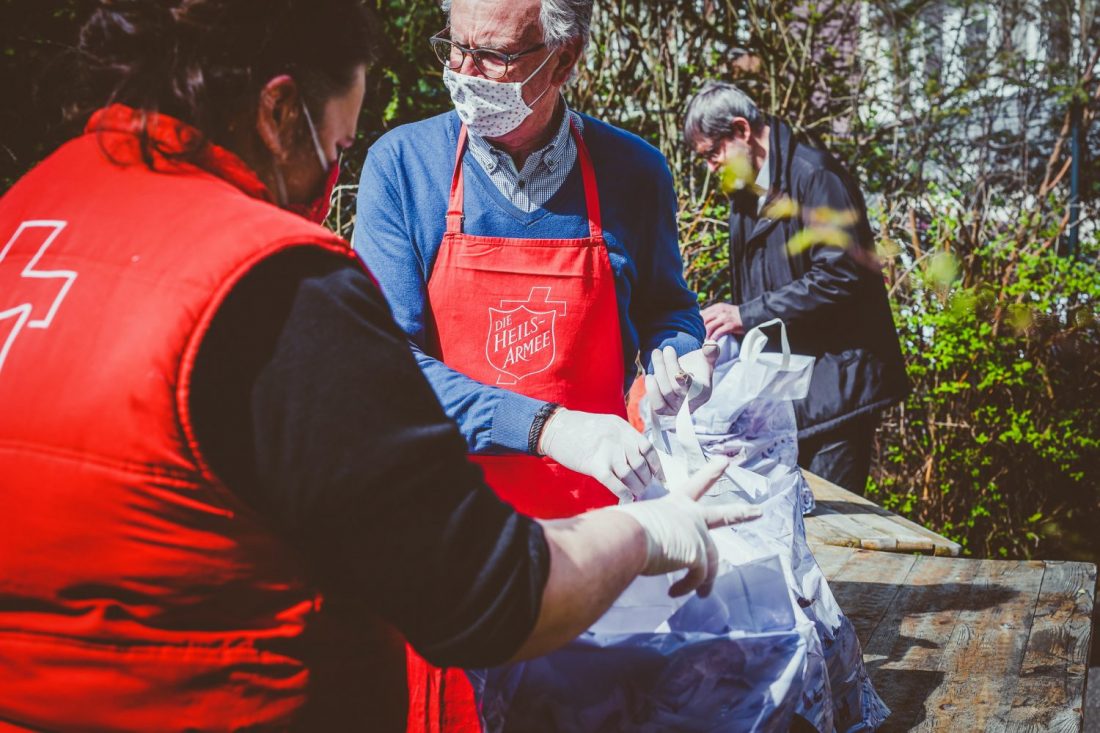Latin America North Territory – Salvation on a Shoestring
by Sue Schumann Warner –
The battle against poverty, drugs, and natural disasters seems never ending in Latin America North. Yet somehow, in the skirmishes, Salvationists are finding ways to win.
The nine countries in that territory—Costa Rica, Belize, Panama, Cuba, Colombia, Venezuela, Guatemala, El Salvador and Honduras—are home to a vibrant, growing expression of Salvationism, yet all experience enormous financial and social struggles.
“This is a young, developing Salvation Army, one that faces emerging Third World challenges,” said Latin America North Territorial Commander Colonel Robin Forsyth, who serves with his wife, Colonel Shona Forsyth, territorial president of women’s ministries.
The Army’s ministry in Latin America reflects its commitment to the poor and the poor in spirit: drug rehabilitation centers, schools, and corps all meet needs that, for the most part, cannot be met by local and national government agencies.
“The Salvation Army is where it ought to be,” said Forsyth, noting the Army strategically locates corps in neighborhoods where need is greatest—often where unpaved streets, raw sewage, and crack bunkers are common and where desperation is a way of life.
It’s clear the Army makes a difference in the community: lives are restored, families find a growing faith, children are nurtured. Some from these communities have become Salvation Army soldiers, attended training college, and are now on the frontlines as officers themselves.
Financial struggle
With a strong commitment to the people of the countries he serves, Forsyth identified serious financial problems.
While growth is steady—since 2000, the territory has opened 19 centers of operation, and plans were set to open a total of 50 before 2010—the struggle to obtain funding is steady as well. Unfortunately, said Forsyth, money has run out, and those plans to open the centers are now on hold. In fact, three divisions are close to bankruptcy.
The territory runs on a $718,000 grant it receives from International Headquarters each year (which is less than the budget of many U.S. corps) and is the second largest grant in the Army world (Russia receives the largest). It represents 65% of the income for territorial headquarters. They also receive $162,000 for projects approved by IHQ and funded by financially independent territories. The rest comes from other donations and from within the territory. “This territory would not exist without IHQ help,” Forsyth stated.
Out of the territory’s $1 million total budget, 53% of the funds go to the divisions, 18% go to the training college, 4% go to producing the War Cry, and 25% is left to run THQ.
The territory functions with $15,000 of working capital. Most of the other funds are designated, so they can’t be touched; additional support from territories around the world is crucial to the Army’s existence. Unfortunately, it is not always a dependable source of income.
In one case, funds were advanced to a division on the basis of money that was promised from another territory. “Six months later, we are still praying for the arrival of these funds,” Forsyth said.
Recently, over a period of three months, the Colombia and Venezuela Division operated on $3,000—less than 10 percent of what it actually needed. “We had a retired officer pay $460 for the rent of a corps building because she didn’t want to see it close,” he said.
Many officers do not get their salary regularly. According to Forsyth, between 55-60% of the officers in the territory are making “unwanted sacrifices” in this regard. While the grant from IHQ has remained the same the past five years, inflation has affected all nine countries. Venezuela, for instance, has had 24% inflation and Colombia 15%. “If you place an Army in a strategic command, where it can’t support itself, it must be supported by others,” he said.
To add to the ongoing challenges, each of the nine countries in the territory has a different style, emphasis, cultural background and currency.
Natural disasters
Natural disasters are a fact of life in this part of the world. Every year since 1998 one of the divisions has been hit: 1998—Hurricane Mitch slammed into Honduras; 1999—an earthquake struck Armenia, Colombia; 2000—the worst floods in 50 years hit Venezuela; 2001—two earthquakes rocked El Salvador, with 10,000 aftershocks; 2002—two hurricanes hit Cuba.
In a number of instances, disasters were the entry point for The Salvation Army to begin a work in the country: When Hurricane Mitch hit Honduras, SAWSO (Salvation Army World Service Organization) provided relief assistance and opened the door for The Salvation Army to begin a work; the Army established a corps in Armenia, Colombia after the earthquake.
According to Forsyth, Salvationists find themselves adapting to needs presented to them. For three to six months each year, they are involved with people in the community, trying to adapt to natural disasters. “Salvationists must be adaptable and flexible. They seem to have a natural ability to cope.”
A young, emerging Army
The Salvation Army in countries in Latin America North is a young, emerging Army, with an average length of only 45 years of Army service.
While The Salvation Army began its work in the Isthmus of Panama in 1904, nearly 100 years ago, and in Cuba in 1918, it has only been ministering in Honduras since 2000. Today, more than 2,000 senior and 1,000 junior soldiers are within the Army’s ranks, reflecting a growth of 7-10% per year.
Cuba is the fastest growing Army in the territory. Recently emerging from its 40 years of isolation from the rest of the Salvation Army world, it is in many respects a young Army, although a traditional one.
The Southern California Division is the territory’s new “Partner in Mission.”












